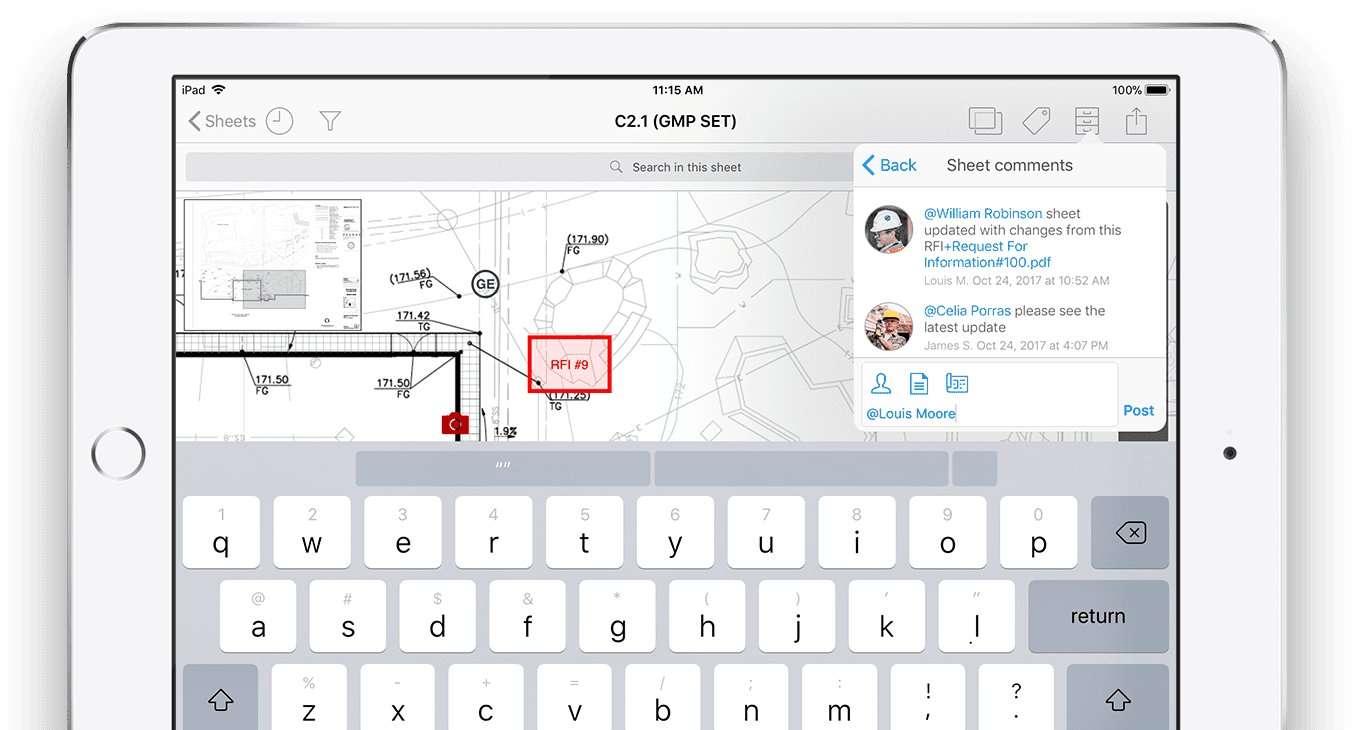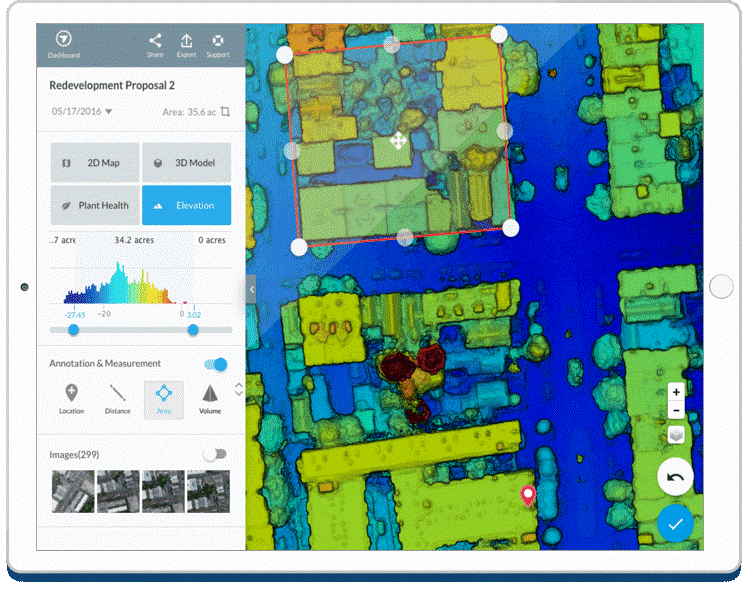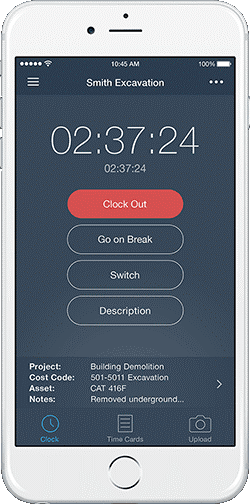As the AEC industry continues its climb of the technology mountain, it feels like we’re being bombarded with new mobile apps ALL. THE. TIME. What do they all do? How do they work together? What’s the benefit to construction companies?
These are all questions we know you’re probably asking yourself if you’re in a position of helping your company digitize. It can be overwhelming as the mobile app market becomes more saturated in the construction industry.
In this post, we list our top 4 favorite construction mobile apps, their pros/cons, and any integrations that may increase the overall value of the app as you consider implementing each.
Note: not all of these are mobile-specific (in fact, most aren’t), but they do each offer a mobile app perfect for in-field access via phone or tablet. Oh, and none of this is sponsored – we just really believe in the power of these platforms.
PlanGrid
PlanGrid is a powerful construction productivity software that has been implemented in over 500,000 projects worldwide. The platform allows project teams to share plans, markups, photos, and reports throughout the life of a project, with an incredibly user-friendly mobile interface. Other features include submittals, RFI’s, punch lists, and as-builts, all available in real-time, directly from the field.

via: PlanGrid
The biggest drawbacks to this tool appear to be its reliance on PDF file format and the inability to modify drawings within the platform using CAD tools. All drawing revisions must be made outside the platform and re-uploaded in PDF format.
Pricing is determined per user, per month, and is tiered by the number of sheets you plan to store in PlanGrid’s cloud. The best part about this service is that you have the option to sign up for a 21-day trial of the full platform, absolutely free. PlanGrid is known for their customer support, which leaves us completely unsurprised that they have received a very impressive near-5-star rating with over 4,000 reviews.
PlanGrid has a long and ever-expanding list of integrations with other mobile apps and web services. One of our favorite things about PlanGrid is the company’s commitment to advancing ALL technology in the AEC industry.
DroneDeploy
One of the biggest things taking off (pun intended) in construction tech right now is the implementation of drones on jobsites. Drone imagery can be used to create maps and 3D models of the work area prior to, during, and after construction. DroneDeploy is arguably the #1 software for drone mapping in construction with their insanely simple user interface and an expansive app market for integrations.

via: DroneDeploy
For more intricate mapping solutions, many drone enthusiasts might recommend other platforms, but we love DroneDeploy because of its ease of use and list of features that are perfectly in line with the needs of most construction teams.
If you’re not actually sure whether adding drones to your construction fleet is the right move for your company, check out this (highly convincing) article on the Connect & Construct blog: “5 Ways Drones in Construction Can Improve Your Projects Now”.
BusyBusy
Workforce management is one of the biggest challenges in construction – especially on large projects. BusyBusy’s mobile app gives location-based reminders for field staff to clock in once they arrive to the jobsite, and allows each team member to select the project they are working on.

via: busybusy
Obviously, the more accurate your team’s time tracking is, the easier it becomes to estimate job costs and put together highly competitive bids. Not to mention the time that your administrative or accounting staff will save when it’s time to process payroll. BusyBusy’s user-interface is practically foolproof, making it our favorite time tracking app for the field.
The app offers many additional workforce, cost, and project-tracking features, but does have a small number of available integrations, such a Quickbooks, Procore, and CAT, among a few others.
Procore
Arguably the biggest player in the CM software arena, Procore has really changed the game when it comes to construction project management. Procore’s suite of products is designed with the goal of creating a single source of truth for all data across a project, from design phase through closeout. Their product line is segmented into 4 primary categories: Project Management, Quality and Safety, Construction Financials, and Field Productivity.

via: Procore
Procore is an incredibly innovative platform and new features are added fairly regularly. With a massive App Marketplace and an open API, the list of available integrations is seemingly endless – and if it doesn’t already exist, it can be built. This platform is one of our favorites for all-inclusive project management – especially on the more complex, high dollar-value jobs.
The feature-rich software is a little steep where cost is concerned, and without standard pricing across the board. If you want to give Procore a try, you’ll have to reach out to one of their sales reps for a custom quote. This can be a turn-off for a lot of potential buyers, but it can also be a huge benefit, depending on your perspective. Due to the deep well of options and custom quoting process, you’ll wind up with a platform that meets your exact needs to execute the project effectively. And you’ll have access to Procore’s incredibly helpful and knowledgeable product experts to help you get the most out of your investment.
Conclusion
When it comes to adopting any new technology or platform for field use, it’s obviously important to do your research. Look for apps that are not only well-rated but that have maintained that star rating even with hundreds or thousands of reviews. These are the apps that are consistently delivering value and great experiences to their users.
There are surely many, MANY more ingenious mobile apps for construction pros out there. We believe in many of them, and in the power to do amazing things in this industry through the smart use of technology. If there’s a platform you’re curious about, let us know – we’d love to promote some more companies who are ready to transform and disrupt AEC.






